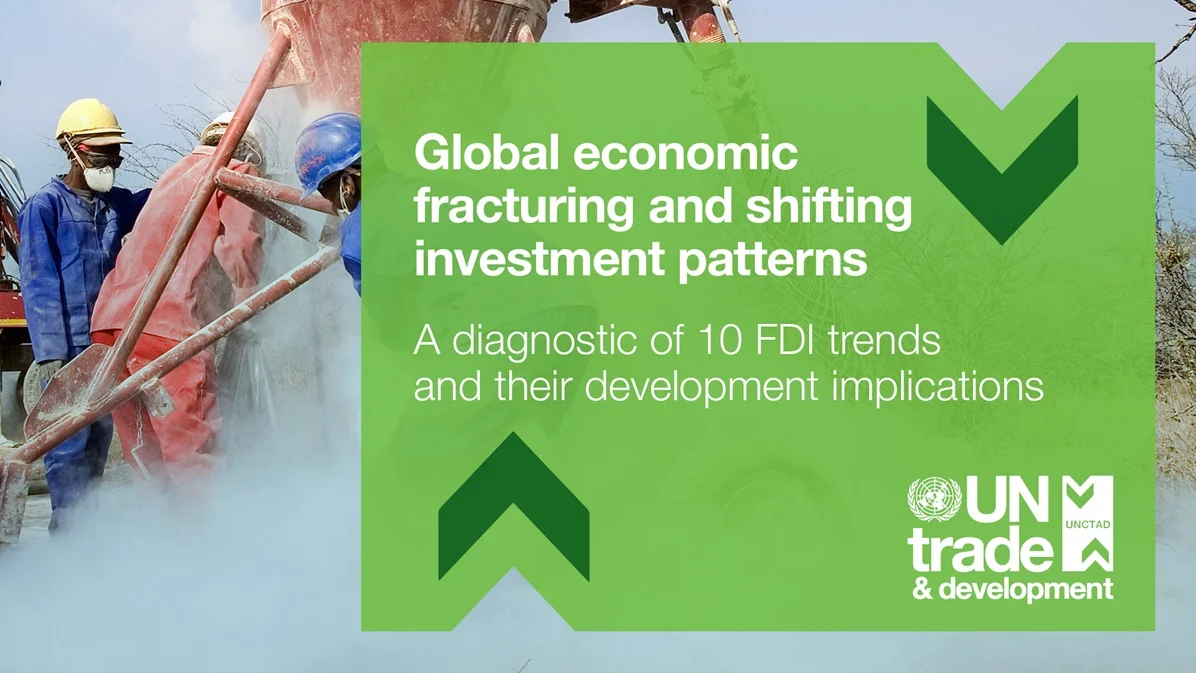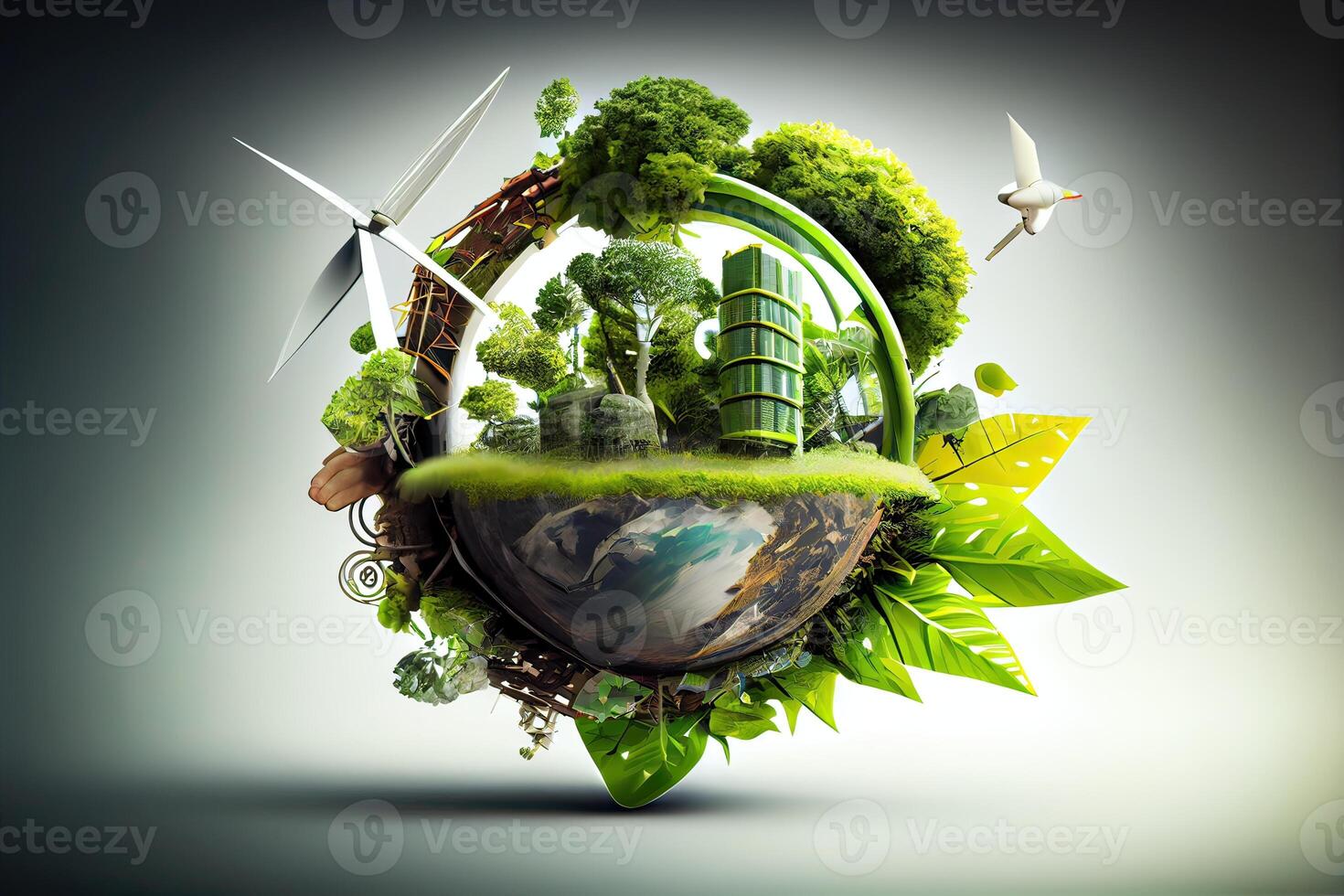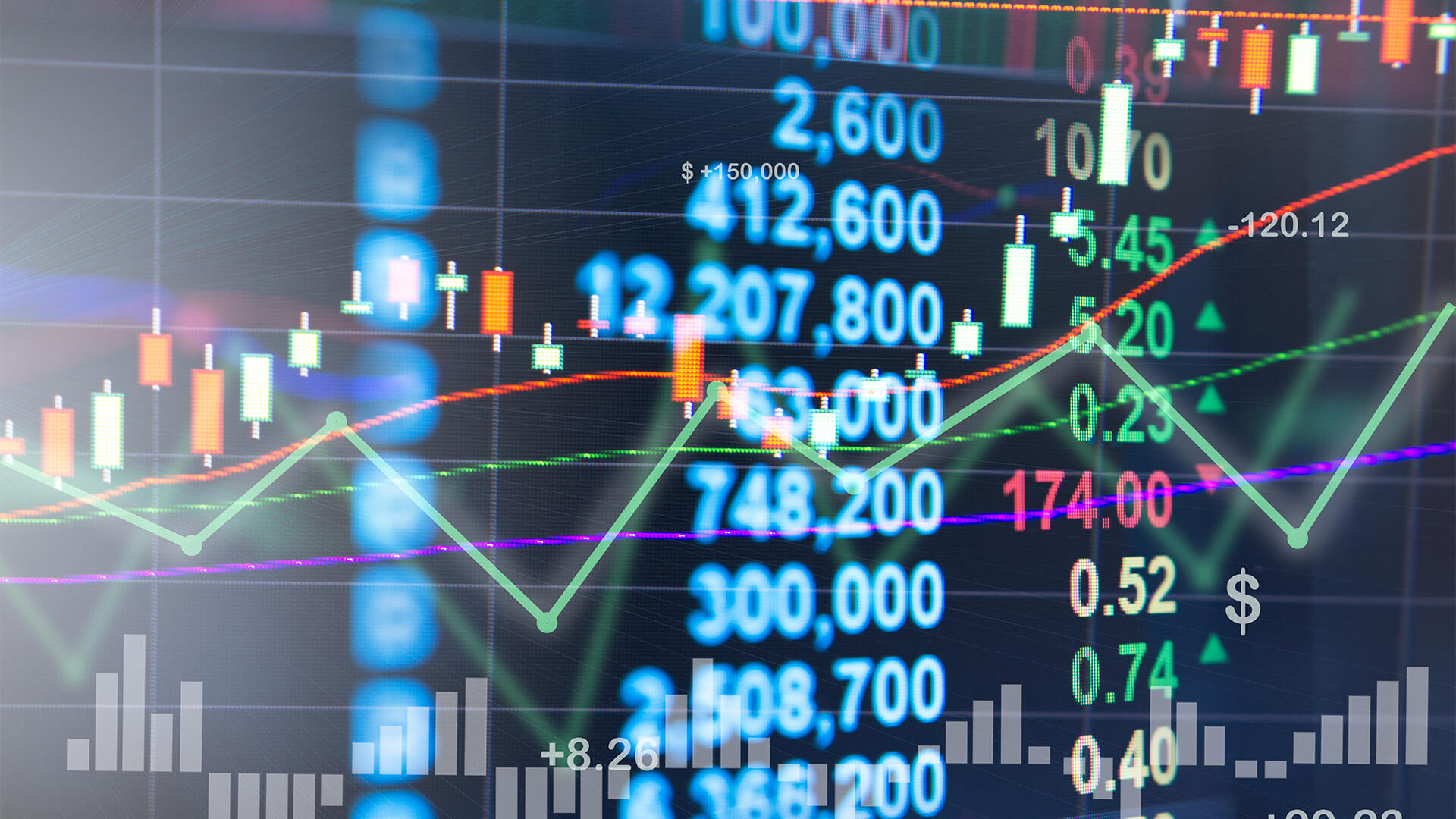The global economy is an intricate and dynamic system influenced by a multitude of factors, including technological advancements, geopolitical developments, demographic shifts, and environmental changes. As we navigate through the 21st century, several key economic trends are shaping the future of global markets and economies. Understanding these trends is crucial for policymakers, businesses, and individuals to make informed decisions and strategize for the future.
1. Technological Advancements

Digital Transformation: The rapid pace of digital transformation is reshaping industries and economies worldwide. Technologies such as artificial intelligence (AI), machine learning, blockchain, and the Internet of Things (IoT) are revolutionizing production processes, supply chains, and customer experiences. The rise of e-commerce and digital platforms has also transformed traditional retail and service sectors, leading to the emergence of new business models and opportunities.
Automation and Artificial Intelligence: Automation and AI are increasingly being integrated into various industries, enhancing productivity and efficiency. However, this trend also raises concerns about job displacement and the need for reskilling and upskilling the workforce. Balancing the benefits of technological innovation with its socio-economic impacts remains a critical challenge.
2. Shifts in Global Trade and Investment

Global Supply Chain Realignment: The COVID-19 pandemic exposed vulnerabilities in global supply chains, prompting many companies to reconsider their sourcing strategies. There is a growing trend towards diversification and regionalization of supply chains to enhance resilience and reduce dependency on single sources, particularly in critical sectors like healthcare and technology.
Trade Policies and Protectionism: Geopolitical tensions and the rise of protectionist policies are reshaping global trade dynamics. Trade wars, tariffs, and economic sanctions have created uncertainties for businesses and investors. The future of global trade will likely involve a balance between open markets and strategic protectionism to safeguard national interests.
3. Economic Power Shifts

Emerging Markets: Emerging markets, particularly in Asia, are playing an increasingly significant role in the global economy. Countries like China and India are driving economic growth through industrialization, urbanization, and technological innovation. The rise of these economies is shifting the center of economic power from the West to the East.
Sustainable Development Goals (SDGs): Many emerging markets are focusing on achieving the United Nations’ Sustainable Development Goals (SDGs), which emphasize economic growth, social inclusion, and environmental sustainability. This commitment to sustainable development is shaping economic policies and investment strategies.
4. Demographic Changes

Aging Populations: Developed economies are experiencing aging populations, leading to challenges related to labor shortages, healthcare, and social security systems. Addressing these demographic shifts requires innovative policies to promote workforce participation, enhance productivity, and ensure the sustainability of social welfare programs.
Youthful Demographics in Developing Regions: In contrast, many developing regions, particularly in Africa and South Asia, have youthful populations. Leveraging this demographic dividend involves investing in education, healthcare, and job creation to harness the potential of young people and drive economic growth.
5. Environmental Sustainability

Climate Change and Green Economy: Climate change poses a significant risk to global economic stability. There is a growing emphasis on transitioning to a green economy through investments in renewable energy, sustainable agriculture, and low-carbon technologies. Policies promoting environmental sustainability are becoming integral to economic planning and development.
Corporate Social Responsibility (CSR): Businesses are increasingly adopting CSR practices to address environmental and social challenges. Investors and consumers are demanding greater transparency and accountability, driving companies to integrate sustainability into their core strategies.
6. Financial Markets and Innovations

Cryptocurrencies and Digital Assets: The rise of cryptocurrencies and digital assets is transforming the financial landscape. Blockchain technology enables decentralized and secure transactions, challenging traditional financial systems. Regulatory frameworks are evolving to address the opportunities and risks associated with digital currencies.
Fintech and Financial Inclusion: Financial technology (fintech) is enhancing financial inclusion by providing access to banking services for underserved populations. Mobile banking, digital payments, and peer-to-peer lending platforms are expanding financial access and promoting economic participation.
Conclusion
The global economy is at a crossroads, influenced by a myriad of transformative trends. Technological advancements, shifts in trade and investment, demographic changes, environmental sustainability, and financial innovations are all playing crucial roles in shaping the future economic landscape. Adapting to these trends requires proactive strategies, international cooperation, and a commitment to inclusive and sustainable growth. As we navigate the complexities of the global economy, understanding and leveraging these trends will be key to building a resilient and prosperous future for all




